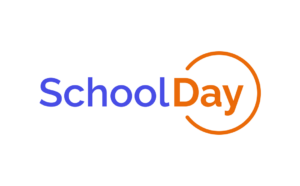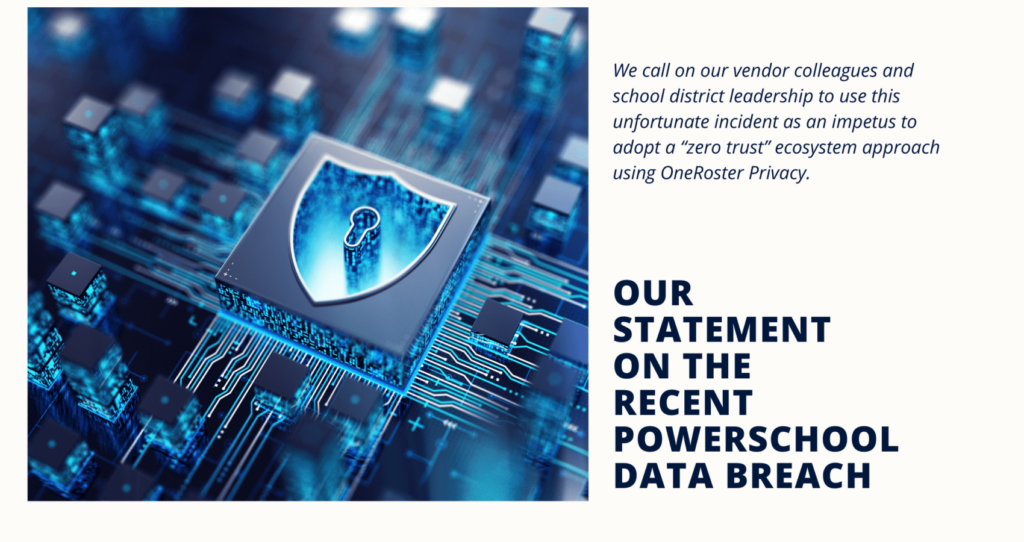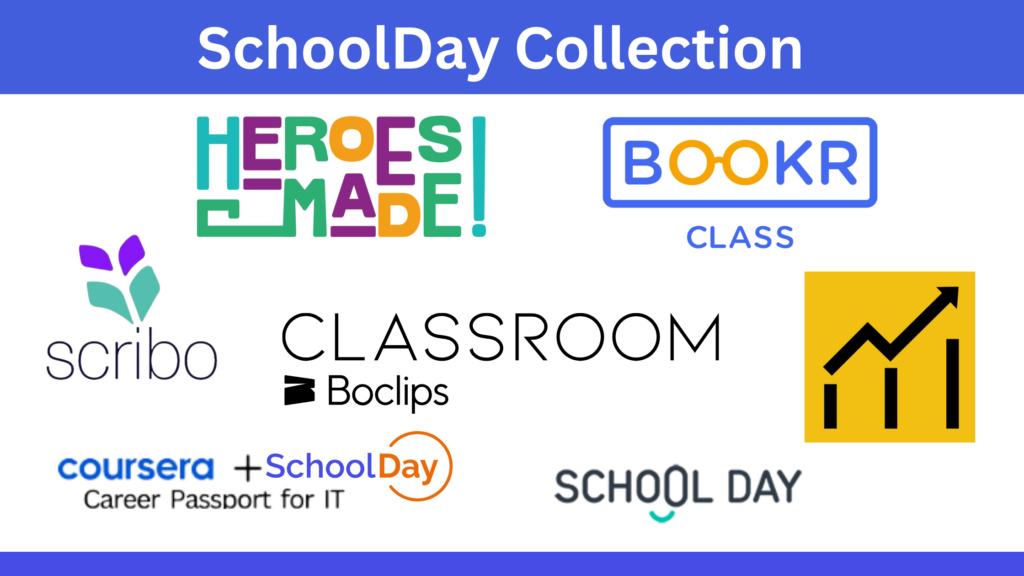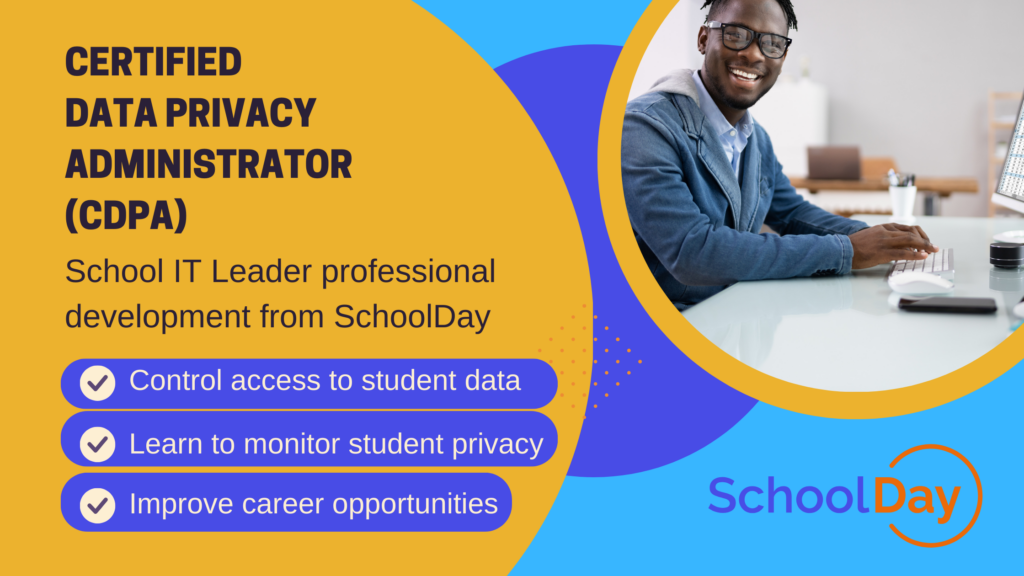Tech proficiency in the United States is low compared to Europe and Asia. According to Coursera’s Global Skills Report 2022:
The U.S. remained flat in overall skills proficiency at 29th, trailing countries in Asia & Europe. Business skills proficiency rose in the U.S., with key areas like leadership and management increasing from 40% in 2021 to 67% in 2022. However, technology skills proficiency overall dropped significantly from 69% in 2021 to 43% this year. Proficiency in data science also fell sharply from 73% last year to 54% in 2022.
Clearly, America is falling behind when it comes to being competitive in the tech sector. In addition to a widening skills gap, there is a shortage specifically in the technology sector that continues to grow at an alarming pace.
Tech Skills Gap Threatens Economic Stability
There are multiple concerns about this tech skills gap and what it might mean for the future workforce:
- Without a qualified workforce, it’s difficult to compete globally, and America’s economic future could suffer as a result.
- As ransomware and phishing attacks grow more sophisticated and severe, the need for technically capable workers becomes paramount, to better impede cyber threats to our schools, IT infrastructures, and businesses.
- As student data privacy takes center stage in schools, the need for more high-tech professionals becomes apparent.
- AI, AR, and VR are already becoming commonplace in retail, education, healthcare, and other industries, driving demand for technically proficient workers.
- Many companies are dropping college degree requirements and seeking skilled workers who are recent high school graduates.
Creating the Future Workforce through High School CTE Programs
As a public benefits corporation, SchoolDay is committed to achieving certain initiatives designed to improve education, student data privacy, and opportunities for all students.
The number of skilled technical jobs that need to be filled are rising quickly, and there are simply not enough well-trained people in the labor pool to fill the open positions. It is incumbent upon schools to prepare students by providing career readiness skills so that graduates enter the job market with the skills needed for the future of work.
SchoolDay has partnered with Coursera, a globally recognized leader in career and technical education (CTE), to give high school students unique opportunities to gain leading industry credentials in high-demand technical skills, preparing them for entry-level jobs in IT. The certifications offered are endorsed by major IT vendors and top universities, ensuring training for current challenges and opportunities.
Coursera Offers a Variety of CTE Courses
Coursera is a leading online learning provider, providing courses from top institutions for a range of skill levels, to meet the broad needs of the future workforce. CTE programs with SchoolDay and Coursera offer students industry-recognized accreditations and prepare them for entry-level, in-demand IT positions. Certifications are available for Google, Microsoft, Cisco, IBM, and other third-party vendors.
The ROI of CTE Programs in K12
Investing in CTE programs like Coursera in K-12 pays off for students, parents, districts, businesses, and the communities in which they live and work. CTE programs more fully prepare students who want to enter the workforce straight out of high school. But these programs also provide a streamlined pathway for students who want to attend community college or go on to earn a four-year degree. In other words, the ROI of a CTE program through SchoolDay can only improve outcomes for a district.
How Are CTE Programs Increasing the Value of College?
A study sponsored by the Fordham Institute determined that,
- Students with greater exposure to CTE are more likely to graduate from high school, enroll in a two-year college, be employed, and earn higher wages.
- CTE is not a path away from college: Students taking more CTE classes are just as likely to pursue a four-year degree as their peers.
- Students who focus their CTE coursework are more likely to graduate high school by twenty-one percentage points compared to otherwise similar students (and they see a positive impact on other outcomes as well).
- CTE provides the greatest boost to the kids who need it most—boys, and students from low-income families.
In other words, not only are CTE programs increasing the value of college, but they are also increasing the likelihood of graduation and of obtaining gainful employment. Since the cost of college is often a barrier, the ability to work a better-paying job straight out of high school can help make college more accessible and affordable for those who would otherwise not be able to attend.
Why Aren’t More K-12 Schools Adopting CTE?
There are two barriers to adoption for K-12 schools. One barrier is the notion that CTE is like traditional vo-tech programs. This is far from the case, as today’s modern CTE programs offer structured and comprehensive curriculums that help prepare students for the modern challenges in today’s workplace, as well as the workplace of the future. The second barrier is that schools believe CTE programs are cost prohibitive. But the Fordham study dispelled that myth, pointing out that:
CTE does not have to be super expensive and highly exclusive to have positive effects. The form of CTE we studied in Arkansas is CTE at its most egalitarian and scalable: most students took courses at their comprehensive high school, and some did so at regional technical centers. And it worked.
How K-12 Schools Can Help Improve U.S. Tech Competitiveness
By providing students in K-12 with the skills and proficiencies needed in the job market, we can begin to change the numbers reflected in the Global Skills Report. As shocking as it is that the U.S. doesn’t rank higher, we have the opportunity to build career readiness into students by helping them develop skills that are in the highest demand. Providing this educational opportunity to students ensures they are ready for the future of work. If you’re interested in learning more, let’s schedule time to talk.
SchoolDay Also Offers Coursera Courses for School District IT Staff
That cyber threats to schools are growing at a rapid rate should come as no surprise – 2020 was a record-breaking year for cyberattacks on schools. And schools are struggling to identify and thwart the attacks. K-12 IT leaders obviously play a crucial role in protecting school districts from these ongoing cyberattacks while ensuring that schools have the technology infrastructure and support needed to deliver effective and innovative learning experiences.
As technology continues to advance, it is essential for IT professionals in the education sector to stay ahead of the curve. One way to achieve this is through professional development opportunities. SchoolDay offers Career Passport for IT Professionals, powered by Coursera, with 13 different software engineering and IT courses for professional development. The self-paced IT training includes featured programs from Coursera Career Academy and offers new skills that can be applied to real-world projects using the latest industry tools and techniques.
Cybersecurity programs from SchoolDay-Coursera offer districts the tools needed to support building a safe and secure IT infrastructure. Cybersecurity offerings from SchoolDayand Coursera support IT staff by:
- Offering industry-recognized credentials in cybersecurity.
- Providing curated pathways for a range of cybersecurity needs.
- Creating a safe and secure IT environment.
Benefits of Professional Development for K-12 IT Leaders
Professional development provides a competitive career advantage for employees in virtually every industry. For K-12 school districts that invest in the professional development of their IT staff, improved retention is just one of the significant benefits for the districts as well as the IT professionals. Here are some of the other benefits to consider:
Staying up to date with technology trends: IT leaders must stay current with the latest trends and innovations in technology, as well as maintain an awareness of the latest threats. By learning about emerging technologies, software, and best practices in IT management, IT leaders can make better decisions when selecting and implementing technology solutions in their school districts.
Enhanced problem-solving skills: Professional development offers IT leaders the ability to gain practical knowledge and hands-on training that helps them develop strong problem-solving skills.
Improved leadership abilities: IT leaders are expected to exhibit strong leadership capabilities and demonstrate a talent for managing complex technological infrastructures. Professional development programs often include leadership and management training, helping IT leaders build their leadership skills, foster teamwork, and create a positive work culture.
Increased confidence: Professional development can boost the confidence of IT leaders, which translates into better decision making and a greater ability to navigate the challenges of managing an IT infrastructure in a K-12 setting.
Enhanced student learning: Ultimately, the primary goal of K-12 IT leaders is to support student learning. By continually improving their skills and remaining current with educational technology trends, IT leaders can create an environment in which students have access to the best possible learning experiences.
Professional Development Is Not Optional
K-12 IT leaders must continually adapt and grow to meet the ever-changing demands of the digital age. Professional development is not just an option; it’s a necessity for those who want to excel in their roles and provide the best possible support to their school districts. The Career Passport for IT Professionals, offered by SchoolDay and powered by Coursera, is an excellent opportunity for K-12 IT leaders to embark on a journey of growth, learning, and professional excellence. By investing in professional development, IT leaders are not only investing in themselves but also in the future success of their students and school communities.













